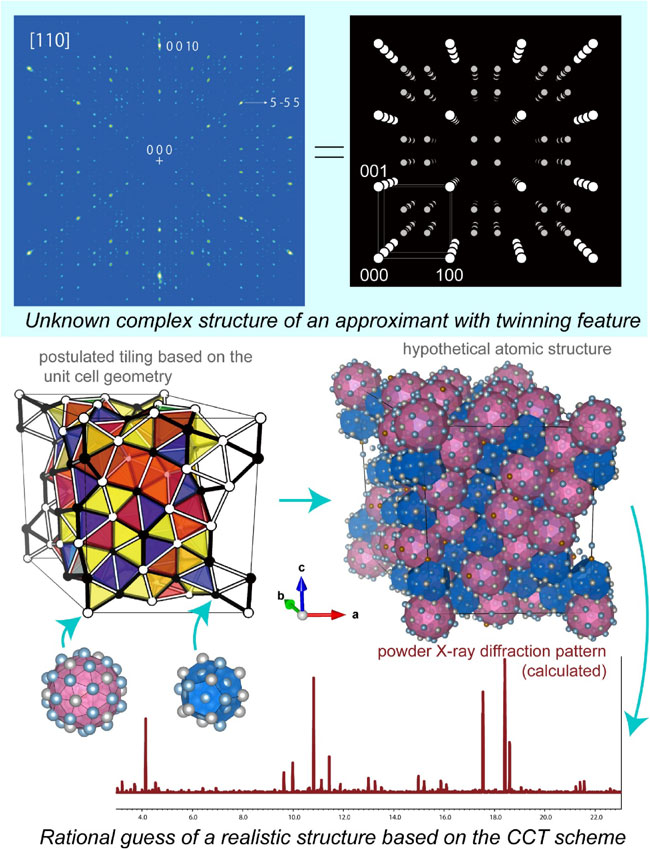Featured articles
-
Volume 62 (2021) Issue 8 Pages 1160-1167Improving the Pitting Corrosion Resistance of AA1050 Aluminum by Removing Intermetallic Particles during Conversion Treatments Read moreEditor's pick
Young Author Best Paper Award 2022
-
Volume 62 (2021) Issue 3 Pages 329-337A Unified Geometrical Framework for Face-Centered Icosahedral Approximants in Al–Pd–TM (TM = Transition Metal) Systems Read moreEditor's pick
Best Paper Award 2022
-
Volume 62 (2021) Issue 3 Pages 367-373Classical and Quantum Magnetic Ground States on an Icosahedral Cluster Read moreEditor's pick
Best Paper Award 2022
-
Volume 62 (2021) Issue 3 Pages 317-320Possibility of Semiconducting Electronic Structure on Al–Pd–Co 1/1 Cubic Quasicrystalline Approximant Read moreEditor's pick
Young Author Best Paper Award 2022



